Home > Auctions > 4 June - 8 June 2024
Ancient Art, Antiquities, Natural History & Coins
Auction Highlights:
From a Cambridgeshire, UK, collection.
Property of a Cambridgeshire, UK, gentleman.
From a Lincolnshire, UK, collection.
Property of a Cambridgeshire, UK, gentleman.
Found near Peterborough, Cambridgeshire, UK.
Stone Treasures, Midlands, UK, 2017.
Ian Wilkinson collection, Nottinghamshire, UK.
From a Cambridgeshire, UK, collection.
Property of a Cambridgeshire, UK, gentleman.
From a Lincolnshire, UK, collection.
Property of a Cambridgeshire, UK, gentleman.
From Lebanon.
From a Cambridgeshire, UK, collection.
Property of a Cambridgeshire, UK, gentleman.
From a Lincolnshire, UK, collection.
Property of a Cambridgeshire, UK, gentleman.
A crater field of roughly 26 craters was found in the vicinity of this crater, which is estimated to date to 4-5 thousand years BP. The age of the meteorite itself is thought to be c.4.5 billion years, formed as part of the development of this solar system. The largest two fragments, the 30.8 ton Gancedo and 28.8 ton El Chaco, are among the heaviest meteorite masses ever recovered on Earth. In 1576, the governor of a province in Northern Argentina commissioned the military to search for a large mass of iron, which it was believed the local people claimed had fallen from the sky and which they used for their weapon production. The expedition discovered a large mass of metal which was assumed to be an iron mine and brought back a few samples, which were described as being of unusual purity. Following the legends, in 1774 Don Bartolomé Francisco de Maguna rediscovered the iron mass. He himself did not believe that the stone had fallen from the sky and assumed that it had formed by a volcanic eruption. However, he sent the samples to the Royal Society of London. In 1990 it became protected by law.
From a Cambridgeshire, UK, collection.
Property of a Cambridgeshire, UK, gentleman.
Previously acquired on the UK art market before 2000.
Property of a Kent, UK, collector.
Carcharodon megalodon is regarded as one of the largest and most powerful marine predators in vertebrate history and likely had a profound impact on structuring of the marine communities. Fossil remains indicate that this giant shark reached a length of more than 16 metres (52 ft) and also affirm that it had a cosmopolitan distribution. Scientists suggest that in life it looked like a stockier version of the great white shark, Carcharodon carcharias.
From a Lincolnshire, UK, collection.
Property of a Cambridgeshire, UK, gentleman.
A crater field of roughly 26 craters was found in the vicinity of this crater, which is estimated to date to 4-5 thousand years BP. The age of the meteorite itself is thought to be c.4.5 billion years, formed as part of the development of this solar system. The largest two fragments, the 30.8 ton Gancedo and 28.8 ton El Chaco, are among the heaviest meteorite masses ever recovered on Earth. In 1576, the governor of a province in Northern Argentina commissioned the military to search for a large mass of iron, which it was believed the local people claimed had fallen from the sky and which they used for their weapon production. The expedition discovered a large mass of metal which was assumed to be an iron mine and brought back a few samples, which were described as being of unusual purity. Following the legends, in 1774 Don Bartolomé Francisco de Maguna rediscovered the iron mass. He himself did not believe that the stone had fallen from the sky and assumed that it had formed by a volcanic eruption. However, he sent the samples to the Royal Society of London. In 1990 it became protected by law.
CAMBRIAN PERIOD, CIRCA 538-485 MILLION YEARS B.P.
From a Lincolnshire, UK, collection.
Property of a Cambridgeshire, UK, gentleman.
Found Colwick Park, Nottinghamshire, UK.
Ian Wilkinson collection, Nottinghamshire, UK, formed since 1985.
1981 - 1992 of 2809 LOTS

.jpg)

.jpg)
.jpg)
.jpg)

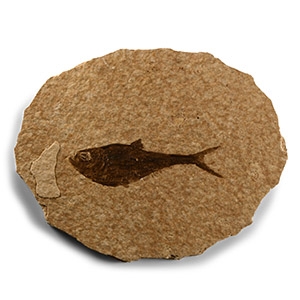
.jpg)

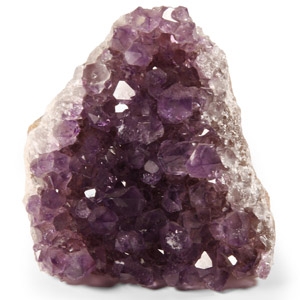
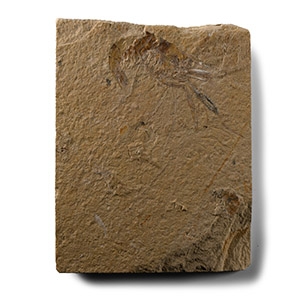
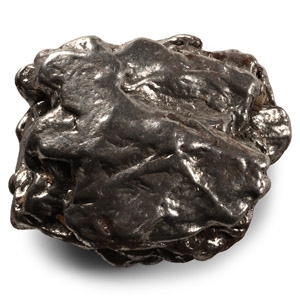
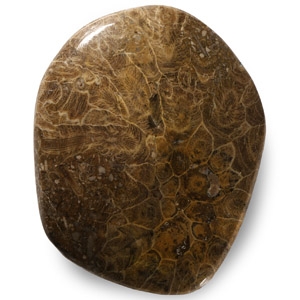
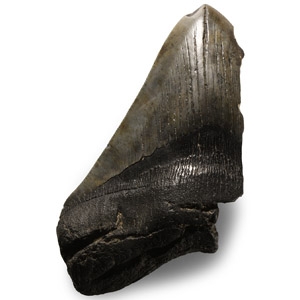
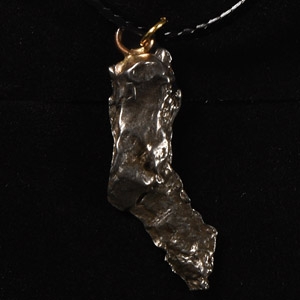
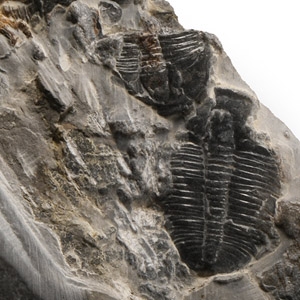
.jpg)



